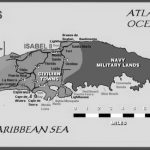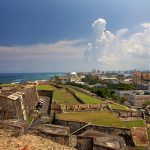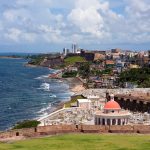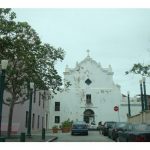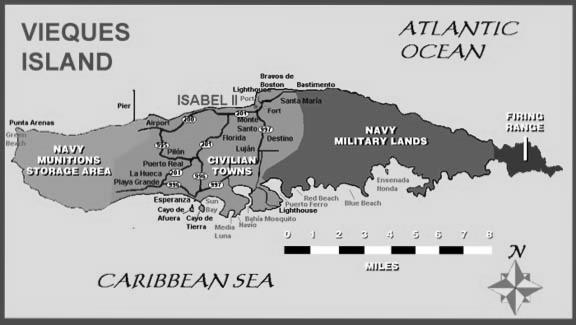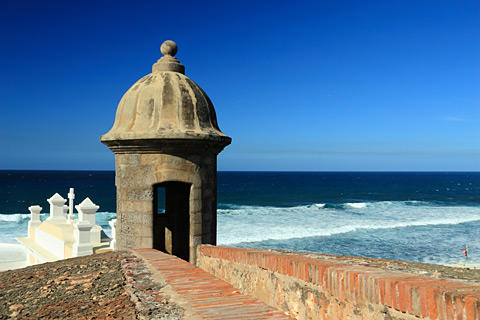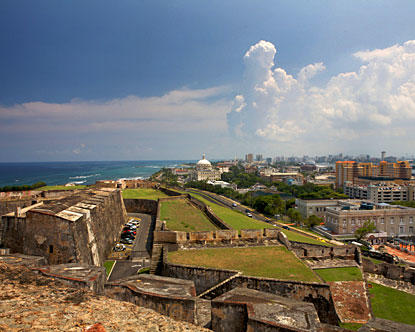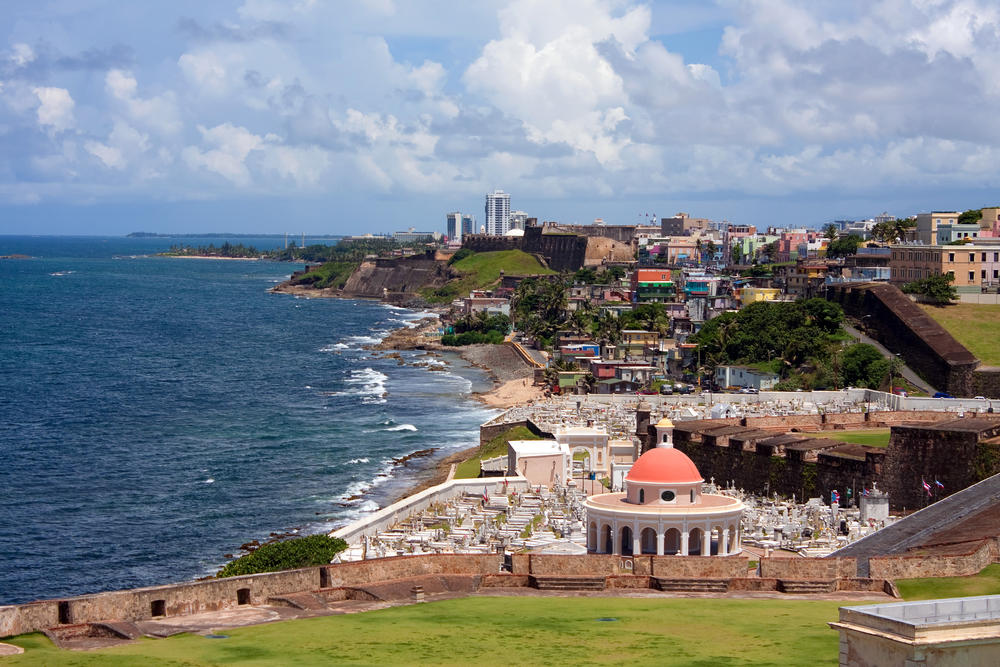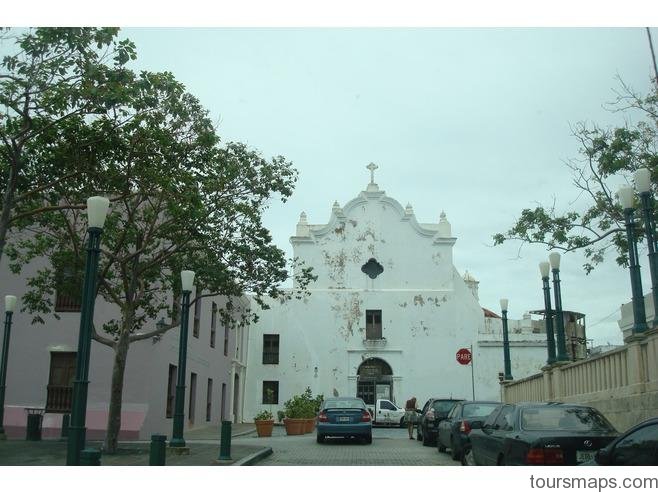Connecticut’s relationships with Latin American and Caribbean populations are riddled with U.S. historical engagement in the political and economic affairs of the peoples of this geographic region. From the early trade relationships established during the Connecticut Colony to recent demands for low-wage laborers in the twentieth and twenty-first centuries, Connecticut has played an important role in the migration histories of contemporary Latino populations.
Connecticut’s largest ethnic minority is Latinos, surpassing African Americans for the first time in the 2000 census. Within this population, the majority of Latinos in 2000 were Puerto Ricans (194,443), followed by Mexicans (23,484), and Colombians (12,009). The Puerto Rican population has historically been and currently is the largest Latino population in the state. The composition and heterogeneity of the Latino population, however, is changing rapidly.
Connecticut individuals of Latin American or Caribbean origin whose populations were estimated to have grown at greater than 50 percent rates during the period from 2000 to 2006 were: Uruguayans, Guatemalans, Brazilians, Ecuadorans, Bolivians, Salvadorans, Argentineans, Peruvians, and Mexicans. The highest population increases, as opposed to growth rates, were from Brazil, Mexico, Ecuador, and Guatemala, in that order. Negative growth rates were registered for people from Barbados, Cuba, Venezuela, Guyana, Chile, Nicaragua, Costa Rica, and Panama.
In Hartford, 40 percent of the population is Latino; the majority of residents is Puerto Rican and second is Peruvian. Peru was the first Latin American country to establish a permanent consulate in Hartford.
Although growing in number, South Americans, especially from Peru, Ecuador, and Brazil, still remain minority populations and are concentrated in the western part of the state. As examples, the largest population of Guatemalans is found in Stamford (3,971), and Brazilians are concentrated in Danbury (4,158). Although research on urban populations predominates in the literature, rural communities in Connecticut have also seen increases in more economically marginalized populations from Latin America, particularly from Amerindian communities. Working on dairy, chicken, vegetable, and flower (green) farms and hidden from public view, it is likely that many rural workers were not counted in the 2000 census.1 The high cost and scarcity of housing in Connecticut also facilitates cross-border housing arrangements in New York, Massachusetts, and Rhode Island for Latin American and Caribbean day-workers in Connecticut.
Puerto Rico historical overview Photo Gallery
Maybe You Like Them Too
- The Best Cities To Visit in The World
- World’s 10 Best Places To Visit
- Coolest Countries in the World to Visit
- Travel to Santorini, Greece
- Map of Barbados – Holiday in Barbados

